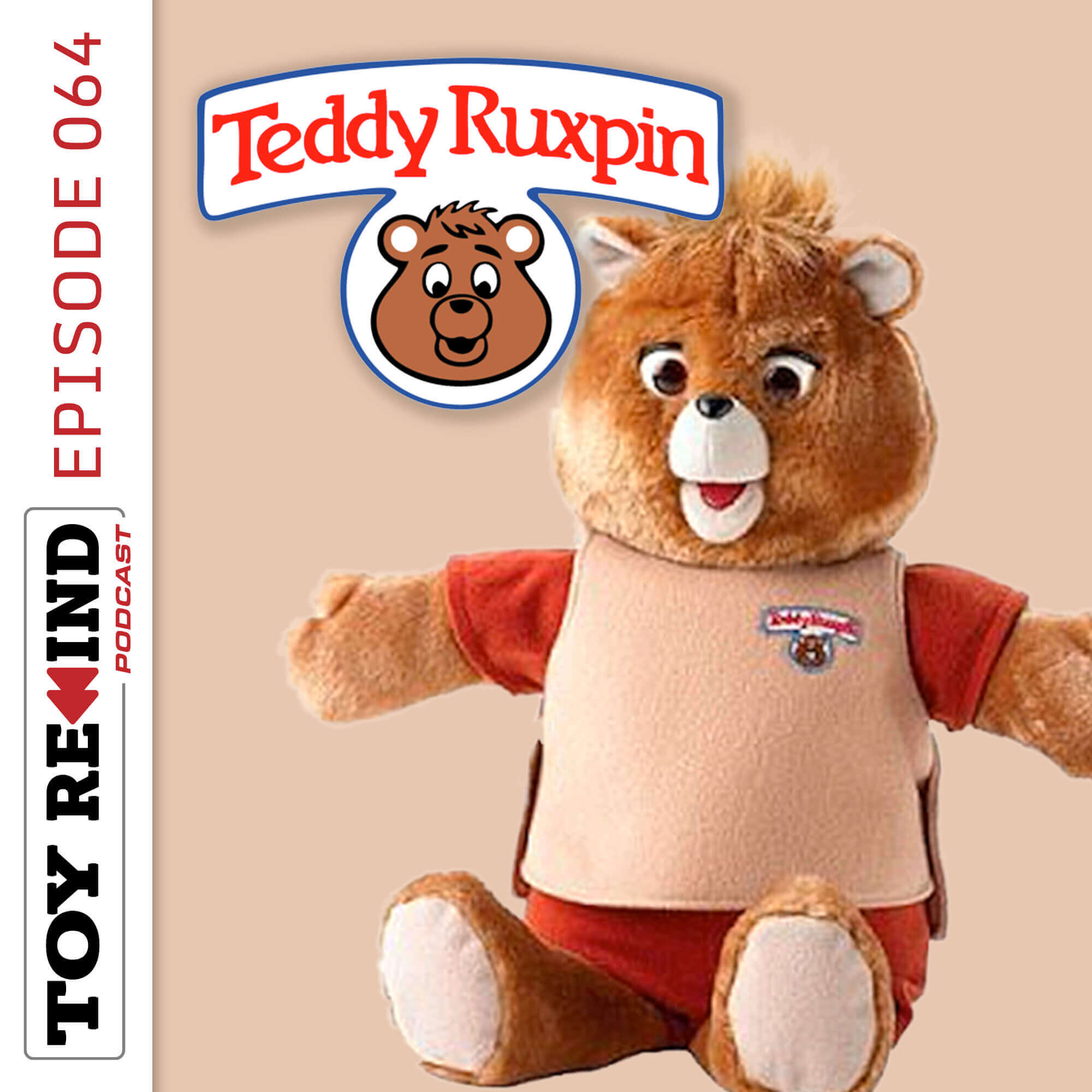Teddy Ruxpin: Your Story Telling Best Friend
Teddy Ruxpin remains an iconic figure in the history of toys, remembered fondly by those who experienced its magic firsthand. Its innovative blend of storytelling and technology set a precedent for interactive toys and demonstrated the power of imagination and creativity. As we look back on the history and making of Teddy Ruxpin, we are reminded of the enduring impact that this lovable bear has had on the world of play and storytelling.
The History and Making of Teddy Ruxpin
Teddy Ruxpin, the beloved animatronic bear from the 1980s, holds a special place in the hearts of many who grew up during that era. This revolutionary toy combined storytelling with technology, creating an interactive experience that was ahead of its time. Let’s dive into the history and creation of Teddy Ruxpin to understand what made this talking bear so special.
Origins and Creation
The story of Teddy Ruxpin began in the early 1980s with Ken Forsse, a former Disney Imagineer, who envisioned a toy that could tell stories with lifelike animation. Along with Larry Larsen and John Davies, Forsse founded Worlds of Wonder, the company that would bring Teddy Ruxpin to life. The trio aimed to create a toy that would not only entertain children but also engage them in storytelling in a novel way.
The original idea was to develop a character that could narrate stories while moving its mouth and eyes, providing a more immersive experience than traditional plush toys. The key to achieving this was the innovative use of technology. Teddy Ruxpin utilized cassette tapes that contained both the audio for the stories and the control data for animating the bear’s facial movements. This combination allowed the bear to appear as though it was reading the stories aloud.
Launch and Success
Teddy Ruxpin made his debut in 1985 and quickly became a sensation. The bear’s ability to tell stories and express emotions through movement captivated children and parents alike. The product’s launch was supported by a well-coordinated marketing campaign, including television commercials and a corresponding animated TV series called “The Adventures of Teddy Ruxpin.”
The toy’s success was immediate and overwhelming. It became the best-selling toy of 1985 and 1986, with millions of units sold worldwide. Part of Teddy Ruxpin’s appeal was the range of stories available, each with its own unique cassette and illustrated book. This format encouraged children to follow along, enhancing their reading skills and imagination.
Technical Aspects
Teddy Ruxpin’s design was groundbreaking for its time. The animatronic bear featured a cassette player in its back, with a head and eyes that moved in sync with the audio. The tapes used dual tracks: one for the audio and one for the data signals controlling the movements. This innovative approach allowed for a seamless storytelling experience.
The technology behind Teddy Ruxpin was relatively simple by today’s standards, but it was revolutionary at the time. The synchronization of audio and movement created a lifelike effect that enchanted young audiences and paved the way for future advancements in interactive toys.
Challenges and Legacy
Despite its success, Worlds of Wonder faced financial difficulties, leading to its bankruptcy in 1988. However, Teddy Ruxpin’s legacy lived on. The rights to the character were acquired by different companies over the years, resulting in various re-releases and updates to the original design.
In 2017, a new version of Teddy Ruxpin was introduced with modern technology, including LCD eyes and Bluetooth connectivity. This iteration preserved the essence of the original while incorporating contemporary features to appeal to a new generation of children.

